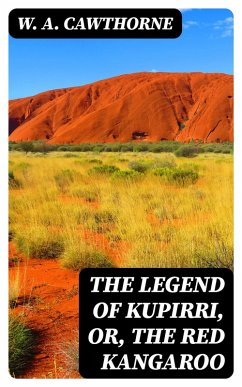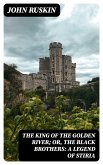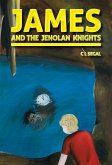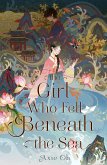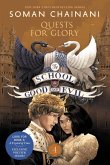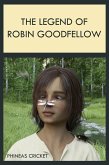In "The Legend of Kupirri, or, The Red Kangaroo," W. A. Cawthorne weaves a captivating narrative steeped in Australian folklore, exploring themes of identity, culture, and the intricate relationship between humans and nature. This richly illustrated text blends lyrical prose with vivid imagery, transporting readers into the enchanting landscape of the Australian outback. Cawthorne's storytelling is infused with a sense of mythological grandeur, drawing on Indigenous perspectives that highlight the significance of the red kangaroo as a cultural symbol, while also engaging with contemporary environmental concerns. W. A. Cawthorne, an accomplished author and keen observer of Australian culture, draws from his extensive travels and research into Indigenous histories to craft this compelling tale. His deep respect for traditional narratives and his commitment to fostering a greater understanding of Australia's diverse heritages inform the thematic depth of this work. Cawthorne's previous writings reflect a passion for bridging cultural divides and celebrating the natural world, making him an authoritative voice in contemporary Australian literature. Readers seeking not just a story, but a cultural experience will find "The Legend of Kupirri, or, The Red Kangaroo" an indispensable addition to their libraries. Cawthorne's blend of myth and reality offers profound insights into the complexities of Australian identity, making this book an essential read for anyone intrigued by folklore, environmental narratives, or the rich tapestry of Australia's cultural landscape.
Dieser Download kann aus rechtlichen Gründen nur mit Rechnungsadresse in A, B, BG, CY, CZ, D, DK, EW, E, FIN, F, GR, H, IRL, I, LT, L, LR, M, NL, PL, P, R, S, SLO, SK ausgeliefert werden.

